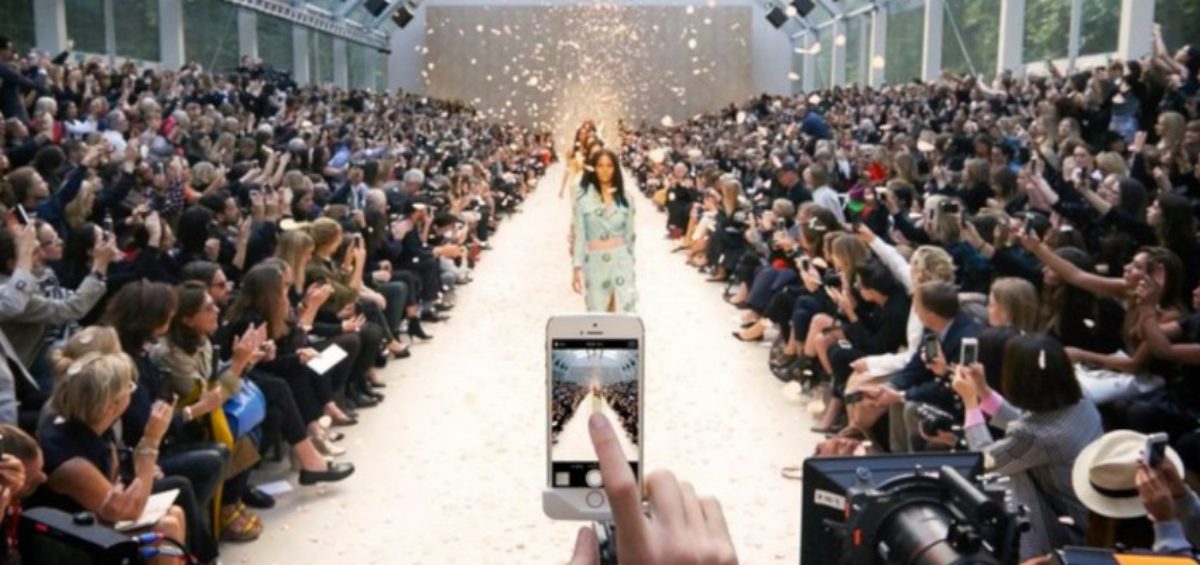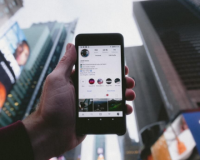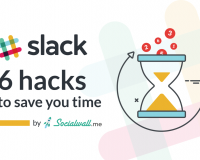A few years ago, luxury brands were terrifically skeptical of social media. To many of these brands, the world of social marketing seemed somewhat beneath them – something that, like much of their products, would soon go out of fashion.
This aloofness has given the more opportunistic elements of the luxury industry quite the head start when it comes to exploiting social media. These luxury brands have realized that their customers use Facebook, Twitter and Instagram just as much as everyone else, and denying that fact is denying yourself access to one of the most effective marketing platforms available.
So which brands aren’t shy in showing off on social media? Which do it better than the others?
1) Tesla’s Minimalist Social Media Strategy
A car company that has been around for about 10% as long as most of its competitors, Tesla was lucky enough to be born in the digital age, and its social presence illustrates that fact. Performing like you’d expect a 13 year old (that is Tesla’s actual age) in amongst a bunch of crotchety 90 year olds would, it is by far the most social media savvy auto maker.
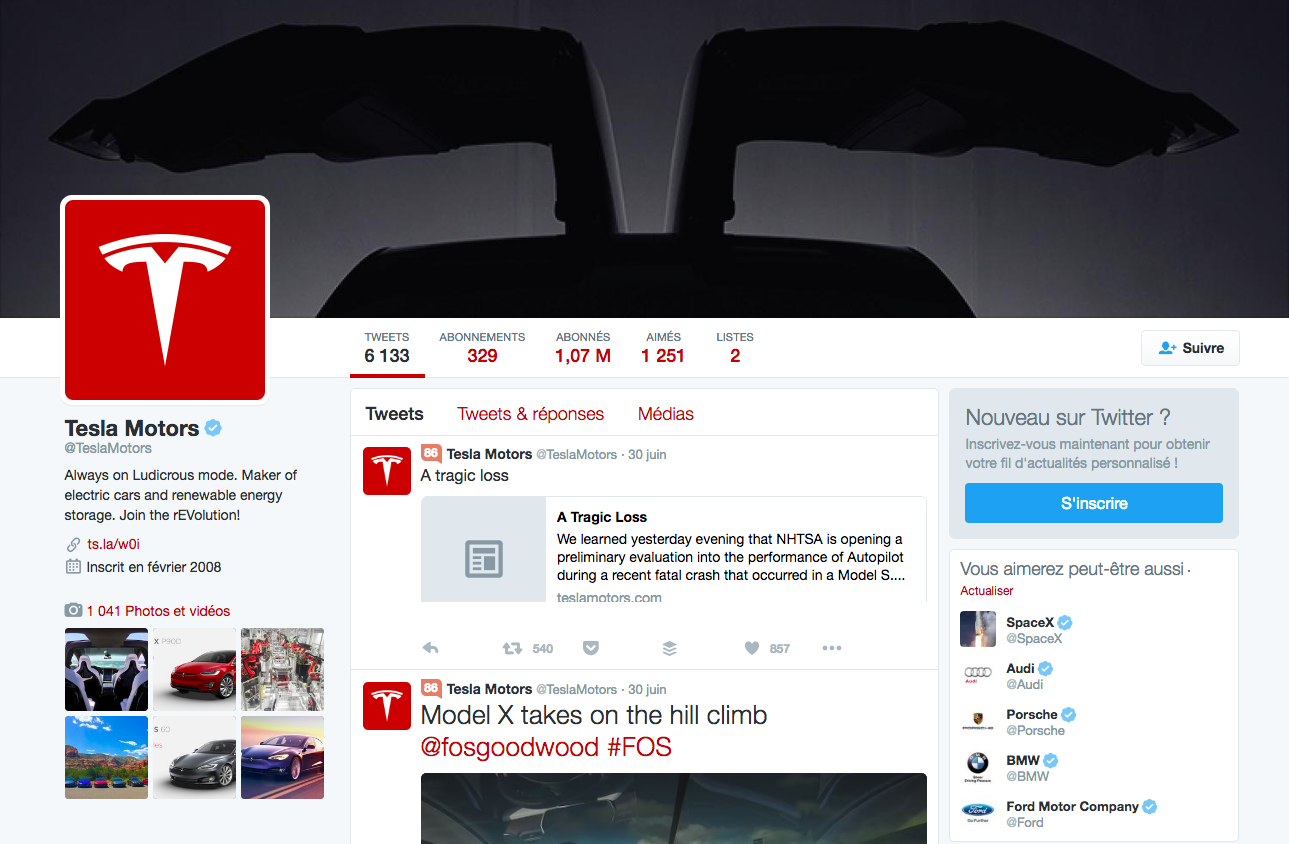
The beauty of Tesla’s social media strategy is in its minimalism. Tesla doesn’t over-post. In fact, if it could be accused of anything, it would be under-posting. But this minimalism means that the posts that it does deem worth posting are hugely impactful. Tesla puts a focus on quality over quantity, and as such, followers react to their posts with pleasant surprise rather than ‘oh god, here’s another one’.
This reserved, boutique posting style fits perfectly with the brand’s luxury image.
2) Chanel Fashion House’s Long-Awaited Instagram Post
Arriving relatively late on the Instagram scene, fashion house Chanel still knew exactly how to play the game. After letting the account sit dormant for some time, organically accumulating followers simply by being Chanel, they finally posted their first picture in October 2014 – 1-2 years after almost all of their competitors.
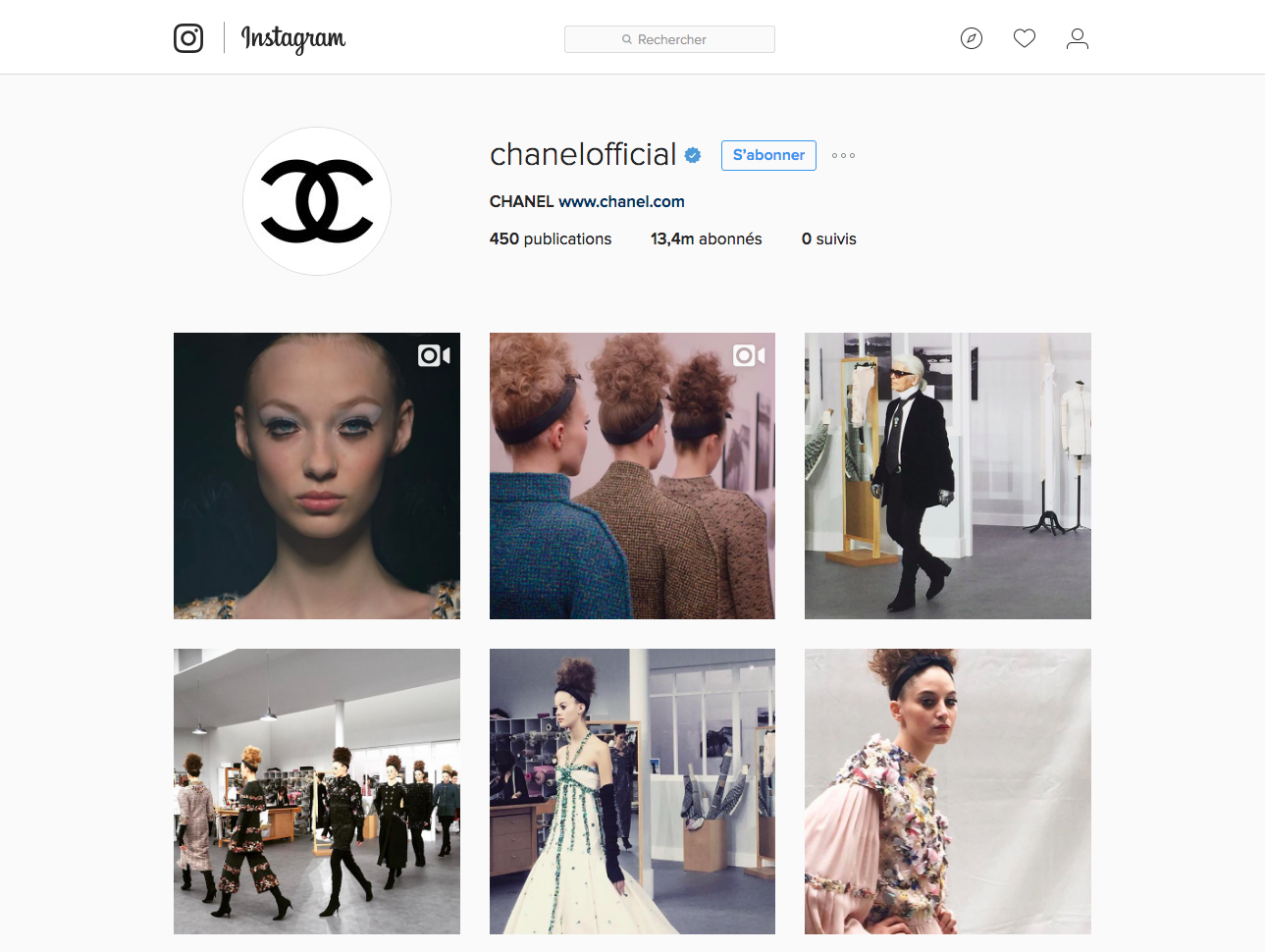
Once again though, this minimalist approach certainly whet the appetite of their followers. Just one day after their dramatic entry into the Instagram community, Chanel already had more followers than Dior, Valentino, Versace and Armani.
Since then they’ve proved an Instagram tour de force, comfortably outstripping every other major fashion house in terms of follower count. Where they differ is their willingness to post video. Again, most luxury brands like the simplicity of a well-framed photo, but Chanel appreciate the value of giving their followers proper insight into the workings of their brand.
3) Burberry’s Willingness to Adopt New Social Media Platforms
Back in 2006, Angela Ahrendts, Burberry’s then CEO, announced that the company aimed to become the first fully digital luxury brand. Since that day, Burberry has put a huge amount of focus on dominating the digital space.
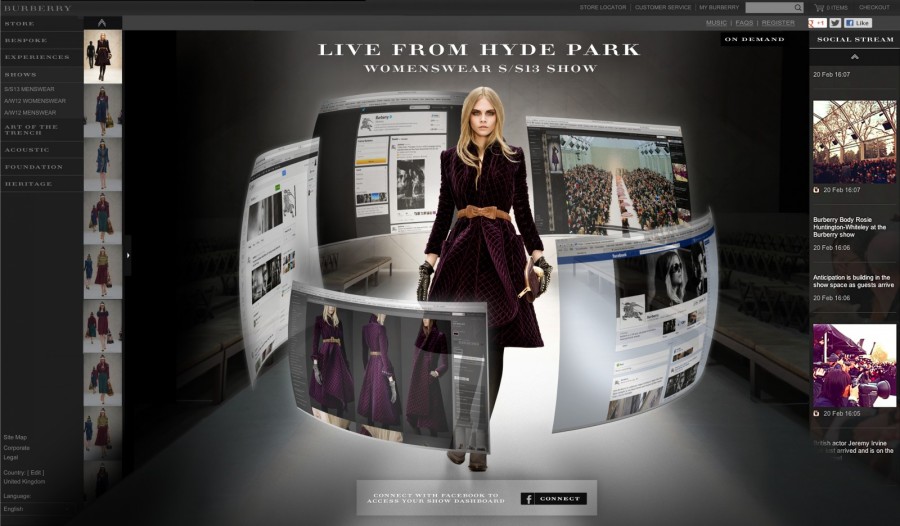
Burberry are the early adopters of the luxury industry. They were the first to treat Snapchat seriously, using it to announce a new campaign back in 2014. Burberry was the first luxury brand to utilise Twitter’s ‘buy’ button, for instant mobile purchases. It’s even managed to penetrate the great internet walls of China, introducing itself to the massive Chinese market on WeChat.
Burberry shows the benefits of trying something new. The company has grown significantly with the help of social media, and the openness with which it treats social marketing has earnt the Burberry the reputation as the top digital marketing brand.
4) Jean Paul Gaultier’s Twitter Genius
Jean Paul Gaultier, like Chanel on Instagram, managed to dominate Twitter without posting a single tweet. How? Through the simple use of friendly competition.
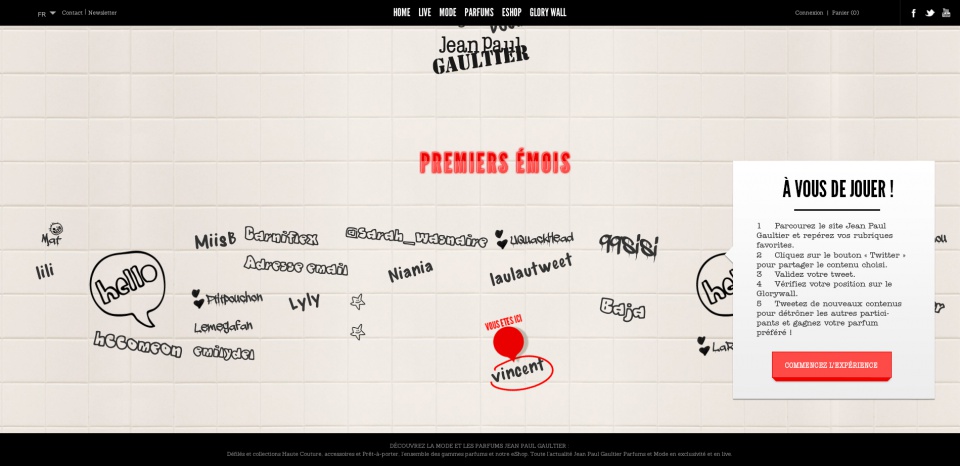
The Jean Paul Glorywall was a page on the JPG website that was devoted to scouring Twitter for mentions of JPG collections. If users mentioned a collection, their name would come up on the wall. If they mentioned JPG a lot, their Twitter handle would move higher up the wall. The handle with the most tweets at the end of a designated period would earn themselves a bottle of their favourite perfume.
Naturally, Twitter was flooded with mentions of Jean Paul Gaultier’s upcoming seasonal collection. And exactly how much did this piece of social marketing cost the company? The grand total of one bottle of fragrance.
While luxury brands have warmed to social media in recent years, the winners have certainly been those that have been willing to experiment early on. It’s a fantastic lesson to all organisations; no matter what your field – luxury or discount, multi-national or corner store – being open to new marketing avenues can result in some serious payoffs down the track.
Social Wall is the perfect tool to boost the social media presence of luxury brands and to activate an audience digitally. For instance, you do not want to make your audience wait an hour for your catwalk show to start. To canalize this frustration, entertain them instead with a social wall to display the post of every influencer in the room so that everybody is aware of who is in the room next to them.




